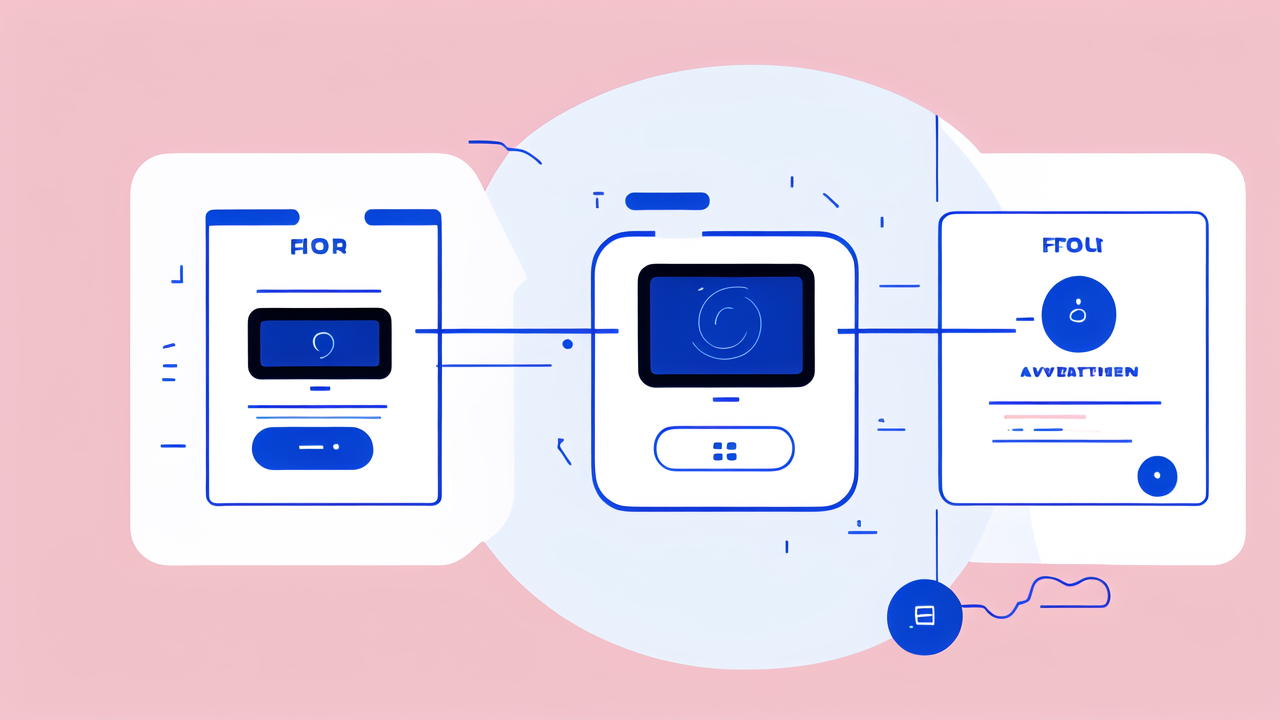The Evolution of Smart Bracelets: Trends and Innovations
The Origins of Wearable Technology: A Brief History
Wearable tech has come a long way since its early days. The first smart bracelets appeared in the 1970s. They were simple devices that could tell time and do basic math. As technology advanced, so did these gadgets. In the 1990s, we saw the first fitness trackers. These could count steps and measure heart rate. The 2000s brought us the first smartwatches. They could connect to our phones and show notifications. Today, smart bracelets are more advanced than ever. They can do everything from tracking our sleep to making payments.

Cutting-Edge Features in Today's Smart Bracelets
Modern smart bracelets are packed with features. Many now have built-in GPS for accurate location tracking. This is great for runners and hikers. Some bracelets can measure blood oxygen levels. This is useful for athletes and people with certain health conditions. Many devices now have stress monitoring features. These use heart rate variability to gauge stress levels. Some smart bracelets can even detect falls. This is especially helpful for older users. Advanced sleep tracking is another popular feature. These devices can track sleep stages and quality. Some bracelets now offer ECG functionality. This can help detect irregular heart rhythms.
The Role of AI and Machine Learning in Wearable Devices
AI and machine learning are changing the game for smart bracelets. These technologies help devices learn from user data. This allows for more personalized insights and recommendations. AI can analyze sleep patterns to suggest better sleep habits. It can also predict when you're most likely to be stressed. Machine learning algorithms can detect unusual heart rhythms. This could potentially save lives by alerting users to potential heart issues. AI can also help improve battery life. It does this by optimizing device performance based on usage patterns. In the future, AI might even be able to predict health issues before they happen.
Regulatory Impact on the Wearable Tech Industry
Understanding Compliance and Regulations in the United States
In the US, wearable tech faces several regulatory challenges. The FDA oversees medical devices, including some smart bracelets. If a device makes health claims, it may need FDA approval. This process can be long and expensive. Privacy is another big concern. The FTC regulates how companies collect and use data. Companies must be clear about what data they collect and how they use it. They must also protect this data from breaches. Some states have their own privacy laws. California's CCPA, for example, gives consumers more control over their data. Companies must comply with these laws or face hefty fines.

How Smart Bracelets are Shaping the Future of Fitness Regulation
Smart bracelets are changing how we think about fitness and health. This is leading to new regulatory challenges. Some insurers now offer discounts for using fitness trackers. This raises questions about fairness and privacy. Should people who can't or won't use these devices pay more? There's also the issue of accuracy. How reliable are these devices for measuring health metrics? The FDA is working on guidelines for software as a medical device. This could affect how smart bracelets are regulated. Some worry that reliance on these devices could lead to over-diagnosis. Others argue they empower people to take charge of their health.
Privacy Concerns: The Future of Wearable Technology Regulation
Privacy is a major concern with smart bracelets. These devices collect a lot of personal data. This includes health information, location data, and even sleep patterns. There are concerns about how this data is used and shared. Some worry it could be used to discriminate in employment or insurance. Others fear it could be hacked or sold to advertisers. Regulators are working to address these concerns. The EU's GDPR sets strict rules for data protection. Similar laws are being considered in other countries. Future regulations may require more transparency from companies. They may also give users more control over their data. Balancing innovation with privacy protection will be a key challenge.
Market Dynamics: Smart Bracelets and Consumer Behavior
Analyzing the Current Market Trends for Smart Bracelets
The smart bracelet market is booming. Sales have been growing steadily for years. This trend is expected to continue. Health and fitness are major drivers of this growth. Many people use smart bracelets to track their workouts and monitor their health. The COVID-19 pandemic has accelerated this trend. More people are focusing on their health and wellness. There's also growing interest in contactless payment features. This is partly due to hygiene concerns. Battery life is becoming a key selling point. Consumers want devices that can last for days or even weeks. There's also a trend towards more stylish designs. People want devices that look good as well as work well.

The Influence of Consumer Preferences on Wearable Tech Design
Consumer preferences are shaping the design of smart bracelets. People want devices that are comfortable to wear all day. This has led to slimmer, lighter designs. Many users prefer devices with longer battery life. This has pushed companies to improve power efficiency. There's also demand for larger, easier-to-read displays. This is especially true for older users. Customization is becoming more important. People want to be able to change straps and watch faces. Water resistance is now standard on most devices. This allows people to wear them while swimming or showering. There's also growing interest in eco-friendly materials and packaging.
Predicting Future Consumer Trends in Smart Wearable Technology
Looking ahead, several trends are likely to shape the smart bracelet market. Integration with other smart home devices is likely to increase. This could allow your bracelet to control your lights or thermostat. There's growing interest in stress management features. Future devices might offer guided breathing exercises or meditation. Advanced health monitoring is another likely trend. This could include features like blood pressure monitoring or glucose tracking. We might see more use of flexible displays. This could allow for larger screens on smaller devices. There's also interest in energy harvesting technology. This could extend battery life by using body heat or movement to generate power. As AI improves, we'll likely see more personalized insights and recommendations.




Leave a comment
This site is protected by hCaptcha and the hCaptcha Privacy Policy and Terms of Service apply.